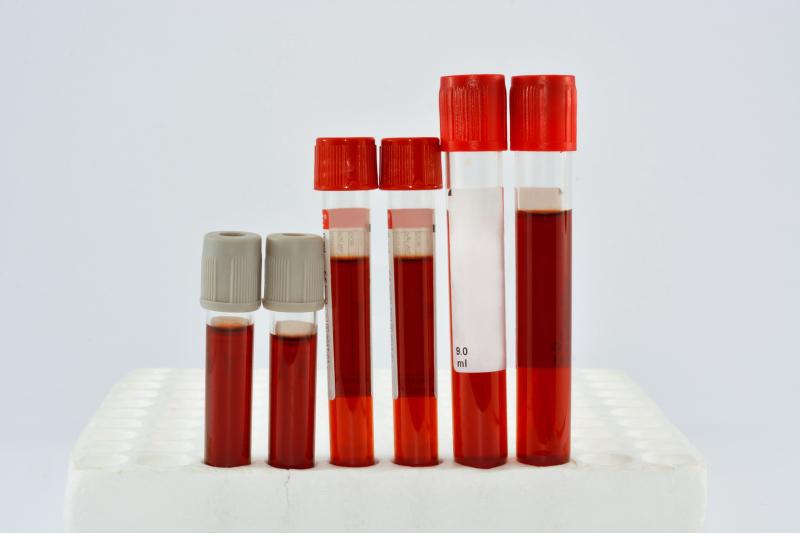
High red cell distribution width (RDW) does not seem to affect survival outcomes in patients with colorectal cancer (CRC), reports a recent study.
The retrospective study included 591 CRC patients who were categorized into two according to a median RDW cutoff value of 14.1 percent. RDW was measured from venous blood samples 2 weeks before the surgery. Outcomes included overall (OS) and cancer-related (CRS) survival.
The mean preoperative RDW value was 15.2±3.2 percent. This tended to be higher in participants who were older, had colon (vs rectal) cancer, had locally advanced malignancies and had higher Tumour, Node, Metastasis (TNM) stages. Nodal involvement, histology, tumour grading and systemic metastases were unrelated to RDW.
Five-year OS was significantly greater in those who were at most 67.5 years of age (79.7 percent vs 67.7 percent; p<0.001); the same was true of CRS (83.2 percent vs 75.2 percent; p=0.011). Systemic metastasis likewise affected both OS and CRS (p<0.001 for both), as did TNM staging (p<0.001 for both), nodal involvement (p<0.001 for both) and tumour grading (p<0.001 for both).
Analysis according to RDW showed no significant effect on 5-year OS between patients who were above vs below the median cutoff value (72.3 percent vs 74.7 percent). However, long-term survival favoured those with lower RDW values, with the divergence reaching statistical significance at 10 years (68.1 percent vs 54 percent; p=0.043). No such effect was reported for CRS.
Cox regression models confirmed that high RDW was unrelated to OS (hazard ratio [HR], 1.17, 95 percent confidence interval [CI], 0.86–1.6) or CRS (HR, 0.915, 95 percent CI, 0.64–1.32).